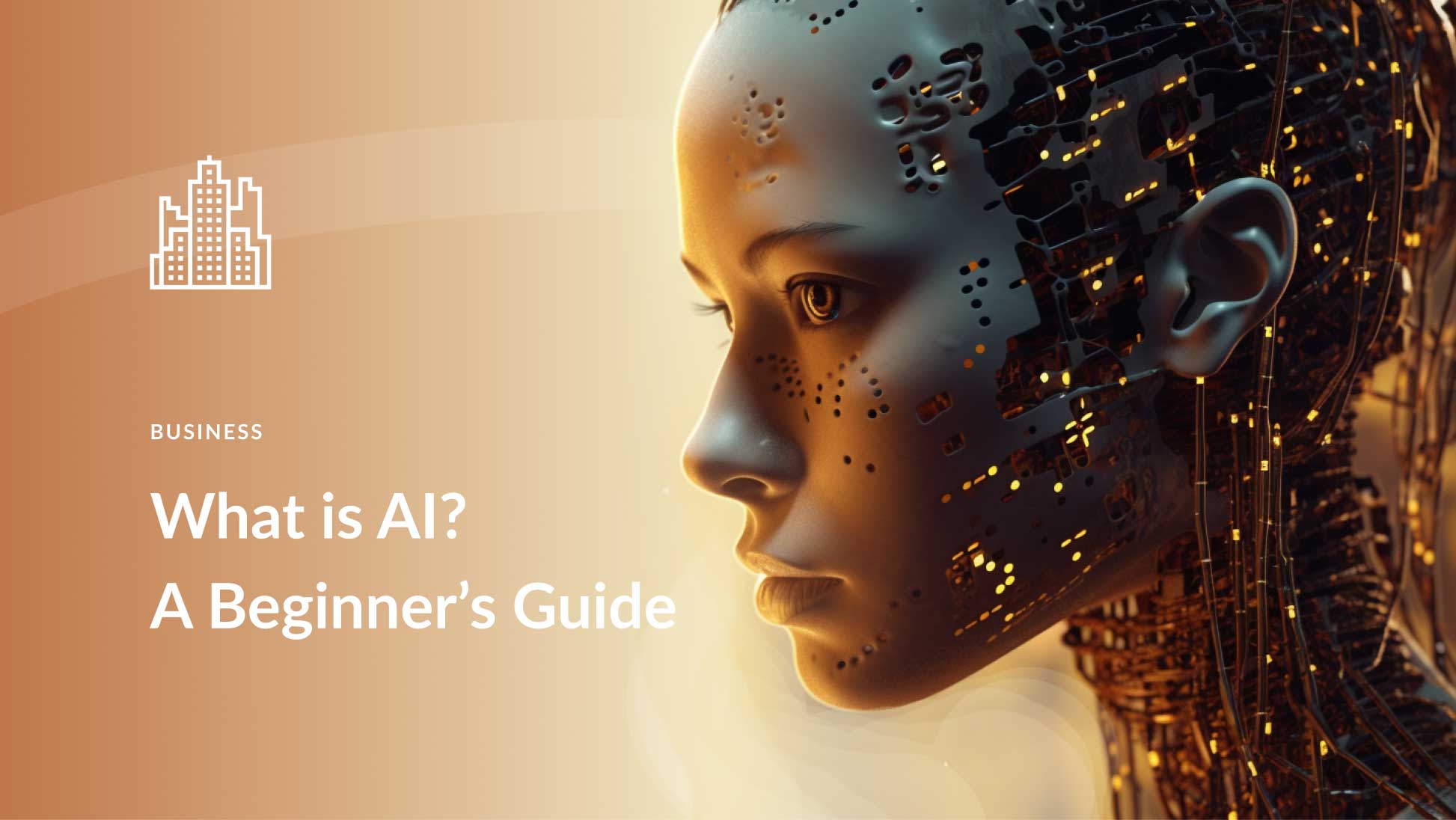Guide to AI Engineering

📚 A Must-Read (and Build!) list for Aspiring AI Engineers
If you’re serious about becoming an AI engineer—especially one who builds LLM-based applications and agents—then this is your study-and-build roadmap (CREDIT: AIMakerspace). These are the essential topics to master. But don’t just read or watch—build something small for each. That’s how you truly internalize complex systems.
- ✅ Search online for resources (docs, videos, blogs)
- 🛠️ Build a project or demo
- 📈 Reflect and evaluate your results
- Embeddings and Retrieval Augment Generation (RAG)
- Prompt Engineering best practices
- Overview of the LLM App Stack
- Understand embedding models and similarity search
- Understand Retrieval Augmented Generation = Dense Vector Retrieval + In-Context Learning
- Build a Python RAG app from scratch
- Industry Use Cases & End-to-End RAG
- The state of production LLM application use cases in industry
- Build an end-to-end RAG application
- Production-Grade RAG with LangGraph
- Why LangChain, OpenAI, QDrant, LangSmith
- Understand LangChain & LangGraph core constructs
- Understand (enough) LangGraph and LangSmith
- Build a RAG system with LangChain and Qdrant
- How to use LangSmith for evaluation and monitoring tool for your RAG application
- Production-Grade Agents with LangGraph
- Answer the question: “What is an agent?”
- Understand how to build production-grade agent applications using LangGraph
- How to use LangSmith to evaluate more complex agentic RAG applications
- Multi-Agent Applications
- Understand what multi-agent systems are and how they operate
- Build a production-grade multi-agent applications using LangGraph
- Synthetic Data Generation for Evaluation
- An overview of Synthetic Data Generation (SDG)
- How to use SDG for Evaluation
- Generating high-quality synthetic test data sets for RAG applications
- How to use LangSmith to baseline performance, make improvements, and then compare
- RAG and Agent Evaluation
- Build RAG and Agent applications with LangGraph
- Evaluate RAG and Agent applications quantitatively with the RAG ASsessment (RAGAS) framework
- Use metrics-driven development to improve agentic applications, measurably, with RAGAS
- Advanced Retrieval Strategies for RAG Apps
- Understand how advanced retrieval and chunking techniques can enhance RAG
- Compare the performance of retrieval algorithms for RAG
- Understand the fine lines between chunking, retrieval, and ranking
- Learn best practices for retrieval pipelines
- Advanced Agentic Reasoning
- Discuss best-practice use of reasoning models
- Understand planning and reflection agents
- Build an Open-Source Deep Research agent application using LangGraph
- Investigate evaluating complex agent applications with the latest tools
- OpenAI Agents SDK
- Understand the suite of tools for building agents with OpenAI and the evolution of their tooling
- Core constructs of the Agents SDK and comparison to other agent frameworks
- How to use monitoring and observability tools on the OpenAI platform
- Contextual Retrieval
- Understand how Contextual Retrieval = Contextual Embeddings + Contextual BM25 works, and how it differs from traditional and hybrid RAG approaches
- Discuss the pros and cons of using a metadata filtering approach vs. Contextual Retrieval
- Build a Contextual Retrieval application and test its performance on different data
- Code Agents, Coding Agents, and Computer Use Agents
- Defining code agents, coding agents, and computer use agents
- Understand the suite of tools for building code agents with Hugging Face’s Smol Agents library
- Understand the landscape of coding and computer use agents
- Production Endpoints
- Discuss the important production-ready capabilities of LangChain under the hood
- Understand how to deploy open LLMs and embeddings to scalable endpoints
- Discuss how to choose inference server
- Build an enterprise RAG application with LCEL
- Deploying Applications to APIs and LLM Ops
- Defining LLM Operations (LLM Ops)
- Learning how to monitor, visualize, debug, and interact with your LLM applications with LangSmith and LangGraph Studio
- Deploy your applications to APIs directly via LangGraph Platform
- On-Prem RAG and Agent Applications
- Introduction to Building On-Prem
- Hardware & compute Considerations
- Local LLM & Embedding Model Hosting Comparison
- How to build and present an On-Prem Solution to stakeholders
- Caching, Versioning, Guardrails, Protocols
- How to use Prompt caching
- How to build/iterate on version-controlled Prompt and Tool Libraries for your engineering team
- Introduction to Model Context Protocol (MCP) and Agent2Agent (A2A) Protocols
- The role of MCP servers: inside vs. outside the enterprise, developer vs. consumer products
💡 Final Tip: Thoroughly go through this list like your personal AI engineering syllabus. Whether you're aiming for OpenAI, LangChain, or your own LLM product—mastering this gives you a serious edge.
Posted by chitra.rk.in@gmail.com · 6/23/2025